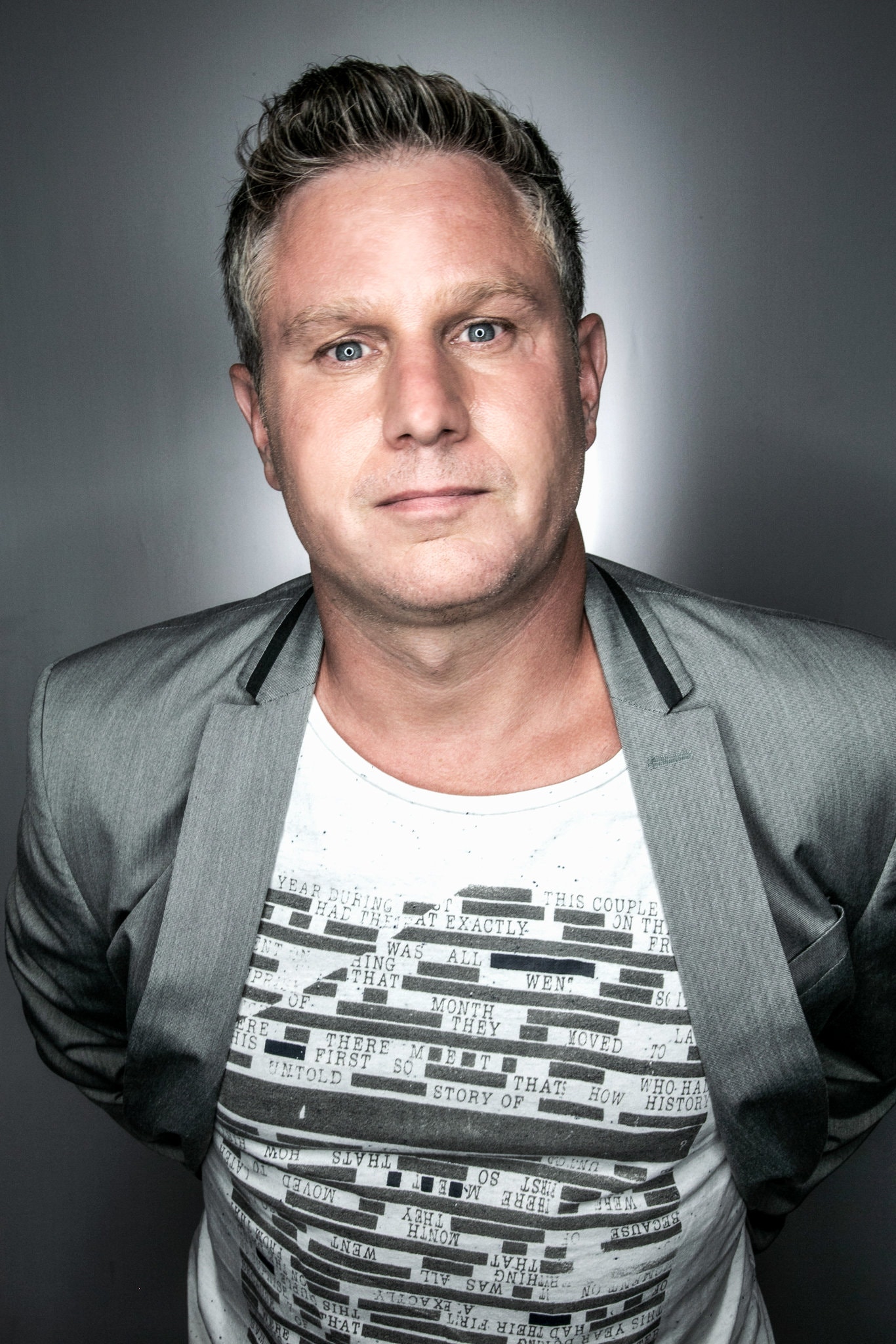Seasoned lighting designers take mood and atmosphere into consideration when they create concepts for their clients — especially when illuminating hospitality spaces. Brightness and durability are tiny components that make up half the design; a complete lighting design invites guests into a brand new environment.
Brain Orter owns Bold LLC, a lighting design firm that tells its clients’ stories with light. He works with clients to elevate ambiances in homes, hotels, bars, and restaurants. The lighting designer focuses primarily on the stories his designs tell while delivering the concepts his clients envision.
Read Tariro Mzezewa’s interview with Orter below to learn about his favorite projects (and discover how much time goes into choosing that bedside lamp at your favorite hotel).
Editor’s note: The piece below originally appeared in the New York Times. You can also read the piece here.

Brian Orter has always understood the importance of setting the mood and the power of lighting to transform a space or a moment. As a child, he would put colored bulbs into his lamps and read books with a variety of colored lights.
“When I would read ‘101 Dalmatians,’ when Cruella de Vil came on, I would turn on the red light,” he said. “I was always lighting my own stories.”
Today, Mr. Orter runs Bold LLC, a company that provides architectural lighting design for private homes, restaurants, bars and hotels. With a team of 30 people split between New York City and Los Angeles, Mr. Orter has worked with architecture and design firms, including the Rockwell Group, Alessandro Munge and Parts and Labor to bring stylish lights to hotels like the Beekman and the Hoxton in New York City and the Dewberry in downtown Charleston, S.C. He has also worked with companies like Marriott and the Four Seasons.
When did you realize you were passionate about lighting?
I started doing theater when I was 14. While working in and studying theater later, I started doing lighting, lasers and special effects for nightclubs in the 90s in New York City — Palladium, Limelight, Tunnel, Club USA and Webster Hall. I also did some raves and live music events around the tristate area. Those connections got me into hotels and restaurants.
How did you transition to hotels and more permanent spaces?
Nightclubs are sort of semi-permanent. You meet all these people who like your work and they are attending the clubs as patrons or as promoters. They work there and then they go off and they open up their restaurants or they do movies and music videos and you are brought along by them. Then after a little while you want to make yourself legitimate and actually make some money, so I formalized it and opened up my first company.
How do you approach your work? Is it just a matter of choosing the right color lighting?
I’m not providing light. It’s not what we do. You sort of get that for free. What we’re really providing is the spark. It’s the mood. I always tell people that there’s three ways to do it right and a hundred ways to do it wrong. If you’re looking at it from just the lighting point of view, like how do we get light into this space then you’re doing it wrong. If you’re thinking about the story the space is telling, and listening to the owners and the architects about the vision, you’re doing it right.
What are examples of masculine and feminine design in hotels?
A masculine space is going to be darker, with darker finishes, deeper materials, darker oak. A feminine space is going to tend to be a little bit lighter. If you’re going with deep bronze for the masculine, you may go with a brushed brass or a brushed bronze for the feminine. A masculine hotel might have darker hallways, open bathroom trash cans, less lighting around a bathroom mirror. Masculine spaces tend to have a lot of hardware and a lot of hard 90 degree angles, whereas feminine spaces tend to have softer angles and fuller-bodied turns.
Why do hotels go with masculine over feminine design or vice versa?
It has to do with who they’re trying to attract as a customer. I have noticed in the last 10 years hotels area are a little less binary. They’re sort of in the middle. Some hotels veer a little bit to the feminine side and some hotels straddle the middle. There are fewer masculine hotels because more bookings in the last 10 years have come from women, so the hotels have changed their tack dramatically because they realize that.
How do you avoid skewing to masculine design?
I’m currently choosing colors to illuminate an outdoor events area at the Peninsula Hotel. I started choosing colors and I realized about halfway through that all the colors that I was choosing were a little bit more from my point of view. I had to think about what would women want? What would a transgender person want? What would somebody who comes from a different area want? I try to put myself in those shoes.
Do you have a favorite project?
I absolutely love the Beekman. I also loved working on the Ace Hotel, which I did when I was with another firm. That hotel — with Roman and Williams — in New York City changed the entire concept of a lobby, whether it’s a lobby in hospitality or a corporate lobby.
What’s the most challenging part of lighting a hotel room?
Bedside reading lamps. There can be months of conversations about that. Questions like who is going to use it? Are they reading on a Kindle? What’s the demographic reading newspapers, magazines? How do we design it so they won’t be disturbing their partner? Hotels with legacy clients will hear from guests if things like that change too much.










